Big news is happening on a cellular level at Cedars-Sinai Medical Center’s Regenerative Medicine Institute in Los Angeles, CA. Robert H. Baloh, MD PhD, Director of Neuromuscular Medicine, in conjunction with Patrick D. Lyden, MD Neurology Dept. Chair, and Clive Svendsen, PhD, Institute Director, are studying disorders that start in nerve cells. These disorders include amyotrophic lateral sclerosis (ALS, Lou Gehrig’s disease), muscular dystrophies, and inherited peripheral nerve and muscle disorders such as Charcot-Marie-Tooth disease (CMT). CMT is one of the most common inherited neurological disorders. Recently, Dr. Baloh and his team were awarded a three million dollar grant to develop iPS cells in the hopes of developing future treatments for these disorders. This of course, led to many questions and Dr. Baloh was only too willing to answer them for us:
Q: Dr. Baloh, just what are iPS cells?
A: iPS (induced Pluripotent Stem) cells are stem cells, derived from the tissues of a patient, which have the capability of transforming into a different cell type.
Q: Why are stem cells important to studying and treating CMT?
A: Stem cells are important for studying CMT because we can turn those (iPS) cells into neurons or Schwann cells, and study them in a dish, or transplant them into an animal, to try to determine what is wrong with them, and how to fix the problem. iPS cells are arguably the ideal type of stem cell to study CMT, since they are derived from patients and have the exact genetic abnormality that causes the disease in humans.
Stem cells could also play a role in treating CMT, because in the future we hope to use them to regenerate components of the nerves which are abnormal in CMT.
Q: Can you give us a brief description of how you convert the CMT1A cells to iPS cells?
A: After taking a skin biopsy from patients, we isolate dermal fibroblasts (cells in the skin that make the fibrous part of the skin), and then we place into them a series of factors that “reprogram” them to a stem cell state.
Q: Why is cell differentiation is important in understanding stem cells?
A: A major first step in using stem cells to study disease, or to treat a disease, is converting the iPS cells into a particular disease relevant cell type, such as a neuron or a Schwann cell. Basically we try to recapitulate all of the signals those cells would normally receive in the body during development to drive them to become a particular cell type (such as a Schwann cell).
Q: Once you develop the stem cells and transplant them into a rat model with CMT1A, what kind of changes do you look for?
A: This is one of the biggest questions we need to answer – what happens to the cells? The goal is to differentiate the cells into Schwann cell precursor cells, and determine if they engraft into the nerve, surround axons, form myelin, and provide trophic support for the axons. The main thing we hope to determine is whether transplanting “fresh” genetically corrected Schwann cells into nerves in the CMT rat model can support the survival of the existing axons, to slow or stop the loss of strength and sensation.
Q: What is the basic timeline/process for this research?
A: This grant is “pre-clinical”, meaning that it involves developing a therapy prior to testing it in patients. Our hope is that within 3-5 years (the duration of the grant) we will be able to determine whether we could move forward to plan a Phase I clinical trial in patients.
Q: Would that be the next phase of the project?
A: Yes. The next phase of the project would be to take iPS cells from CMT1A patients, genetically “correct” them by removing the extra copy of PMP22, turn those cells into Schwann cell precursors, and transplant them back into patient nerves. We would still need to determine how many transplants would be placed and where, and at what stage of the disease it would need to be done.
Q: Do patients have to wait until then to participate? Who should they contact?
A: CMT patients could participate immediately by donating their skin cells, which requires a small punch biopsy similar to those done by a dermatologist. Patients should contact the Cedars-Sinai CMT/Hereditary Neuropathy Center at (310) 423-4CMT. Our goal with the newly revitalized clinic is to incorporate improved genetic diagnosis and research opportunities for patients, together with excellent multidisciplinary care.



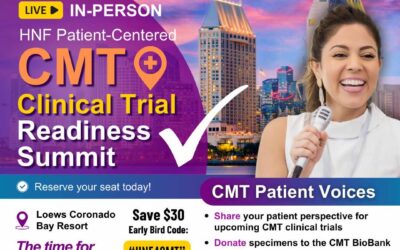
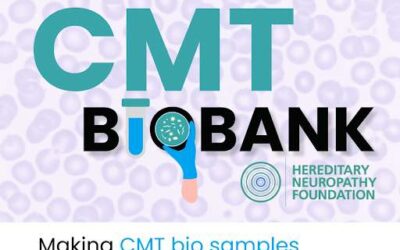
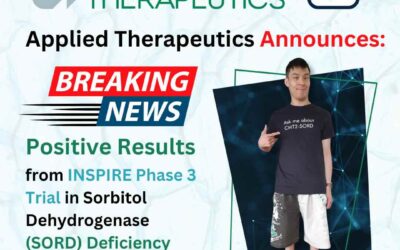
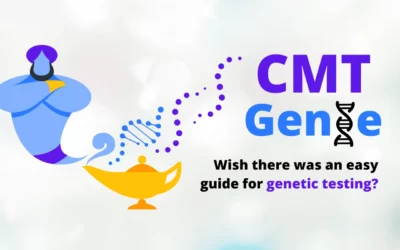
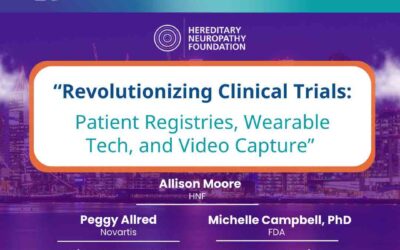
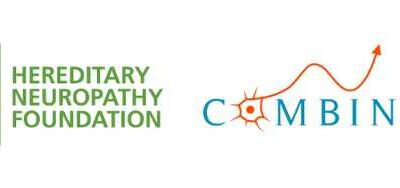
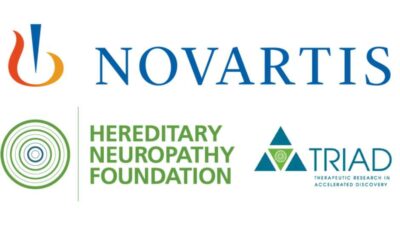
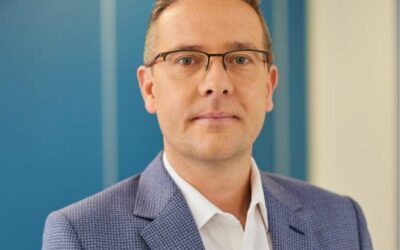

I would like to help and learn more
Fantastic Piece of Work if it is carried to its logical conclusion. God be with you and your Team. Never Give Up.